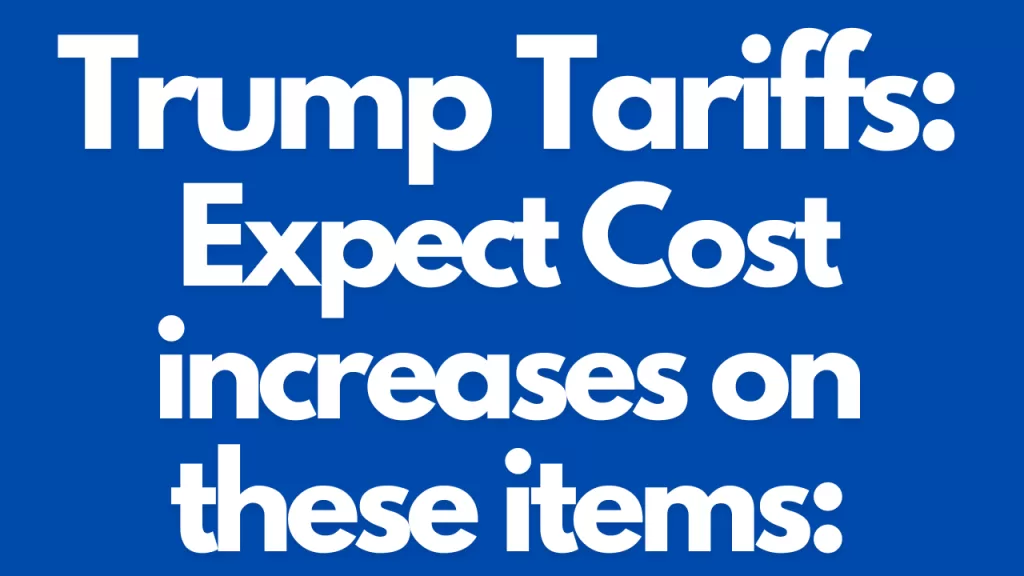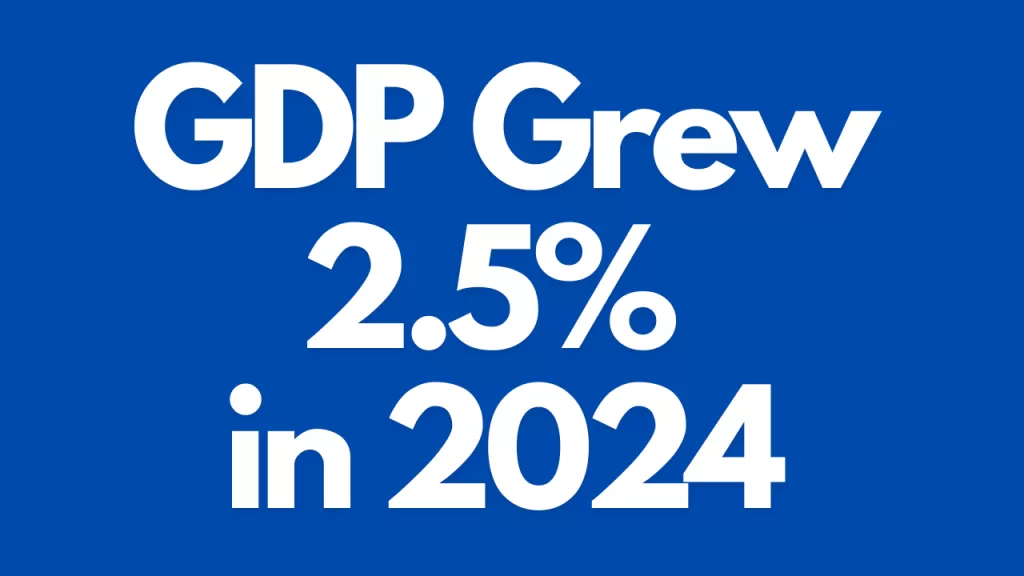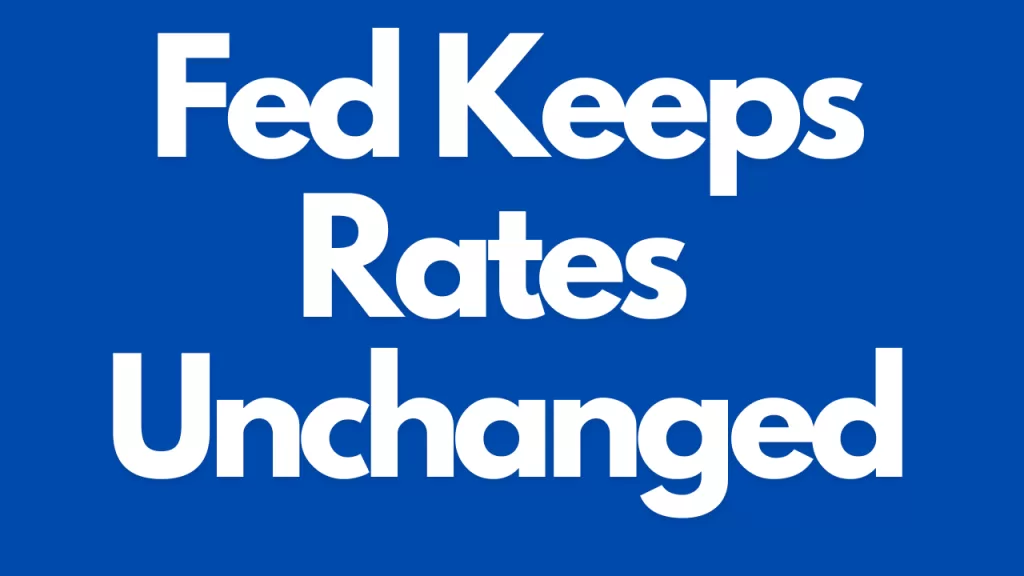Inflation Ticks up to 3% – Now what?
The latest economic data shows that inflation has risen to 3%, prompting concerns about its potential impact on businesses, consumers, and policymakers. While at this level is not necessarily alarming, it does signal a shift in the economic landscape that requires careful consideration.

Understanding the Current Inflationary Trend
A 3% rate represents a moderate increase, but it is essential to analyze the underlying factors driving this rise. Several key elements contribute to inflationary pressures:
- Supply Chain Constraints – Ongoing disruptions in global supply chains have led to increased production costs, which businesses are passing on to consumers.
- Labor Market Dynamics – Wage growth, driven by a tight labor market, has contributed to higher prices across various sectors.
- Energy Prices – Fluctuations in oil and gas prices continue to impact transportation and production costs.
- Consumer Demand – Post-pandemic recovery efforts have fueled robust consumer spending, driving up demand for goods and services.
Implications for Businesses and Consumers
For businesses, rising prices can lead to increased costs for raw materials, wages, and operations. Companies must decide whether to absorb these costs, reduce profit margins, or pass them on to consumers through price increases. Additionally, it may impact investment decisions, as higher interest rates could make borrowing more expensive.
Consumers, on the other hand, may feel the strain of higher prices on essential goods and services, reducing their purchasing power. This can lead to shifts in spending habits, with households prioritizing necessities over discretionary purchases.
Policy Responses and Economic Outlook
Central banks and governments have several tools at their disposal to manage inflationary pressures. The most common approach is monetary tightening, including interest rate hikes to curb excessive demand. If inflation persists, further rate increases may be on the horizon.
On the fiscal front, governments may consider targeted interventions such as tax adjustments or subsidies to alleviate the impact on vulnerable populations. However, balancing economic growth with inflation control remains a complex challenge.
What’s Next?
The trajectory of increases in the coming months will depend on multiple factors, including global economic conditions, supply chain recovery, and central bank policies. Businesses should focus on strategic cost management, efficiency improvements, and pricing strategies to navigate inflationary challenges.
For consumers, financial prudence, budgeting, and smart spending decisions will be crucial in maintaining financial stability amid rising prices. Policymakers will need to monitor economic indicators closely to ensure a balanced approach that supports sustainable growth without exacerbating inflationary pressures.
While a 3% inflation rate is manageable, vigilance is key. Stakeholders across the economy must stay informed and proactive to adapt to the evolving economic landscape.









